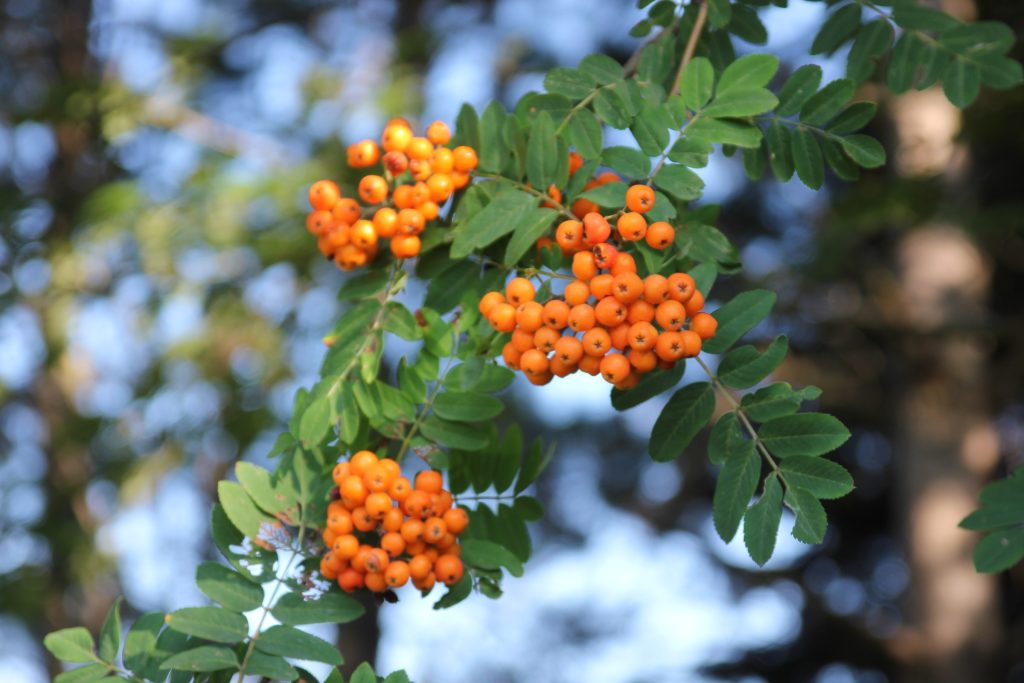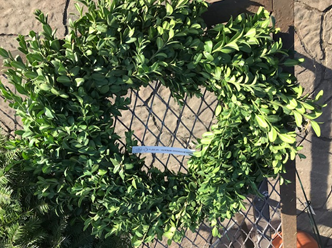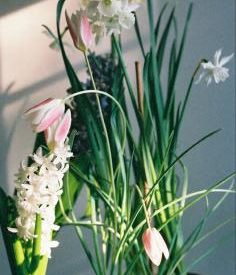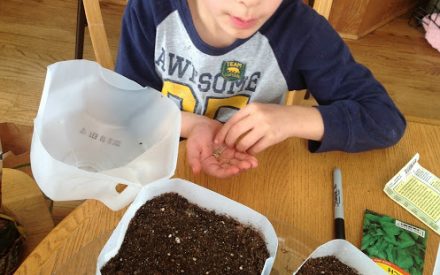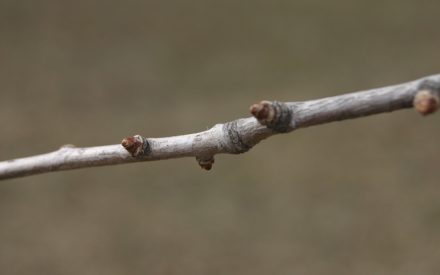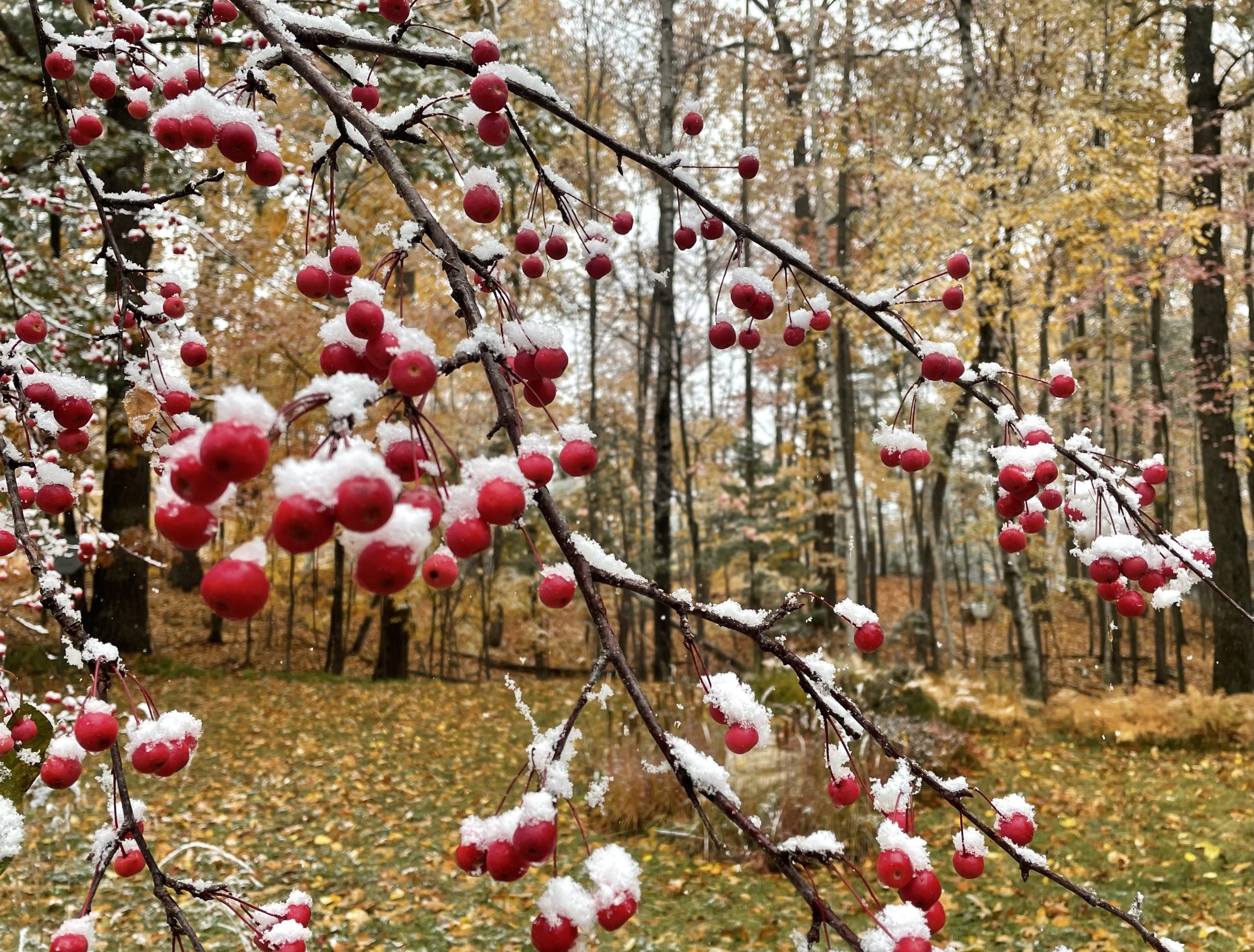
Featured Programs

Plant Diagnostics: The Step-by-Step Approach to Identifying Plant Problems
Want to get better at troubleshooting problems in your garden? This online, asynchronous course introduces you to the process of plant diagnostics.

Ask Your Gardening Question: LIVE
Register for an upcoming Q&A session, connect with plant health experts from the UW-Madison Division of Extension, and get answers to all your plant questions!

New to gardening?
Gardening and learning to grow your own food provides many benefits, but we know it can be a bit intimidating when first starting out.
Check out our New Gardener Resources to get your Wisconsin garden started quickly and easily.
Latest Horticulture News
Timely Articles for Winter Gardens
Stay Up to Date with Us
Subscribe to Our Newsletter
We send our newsletter on the first Friday of every month.
Sign up to receive updates in your inbox!
